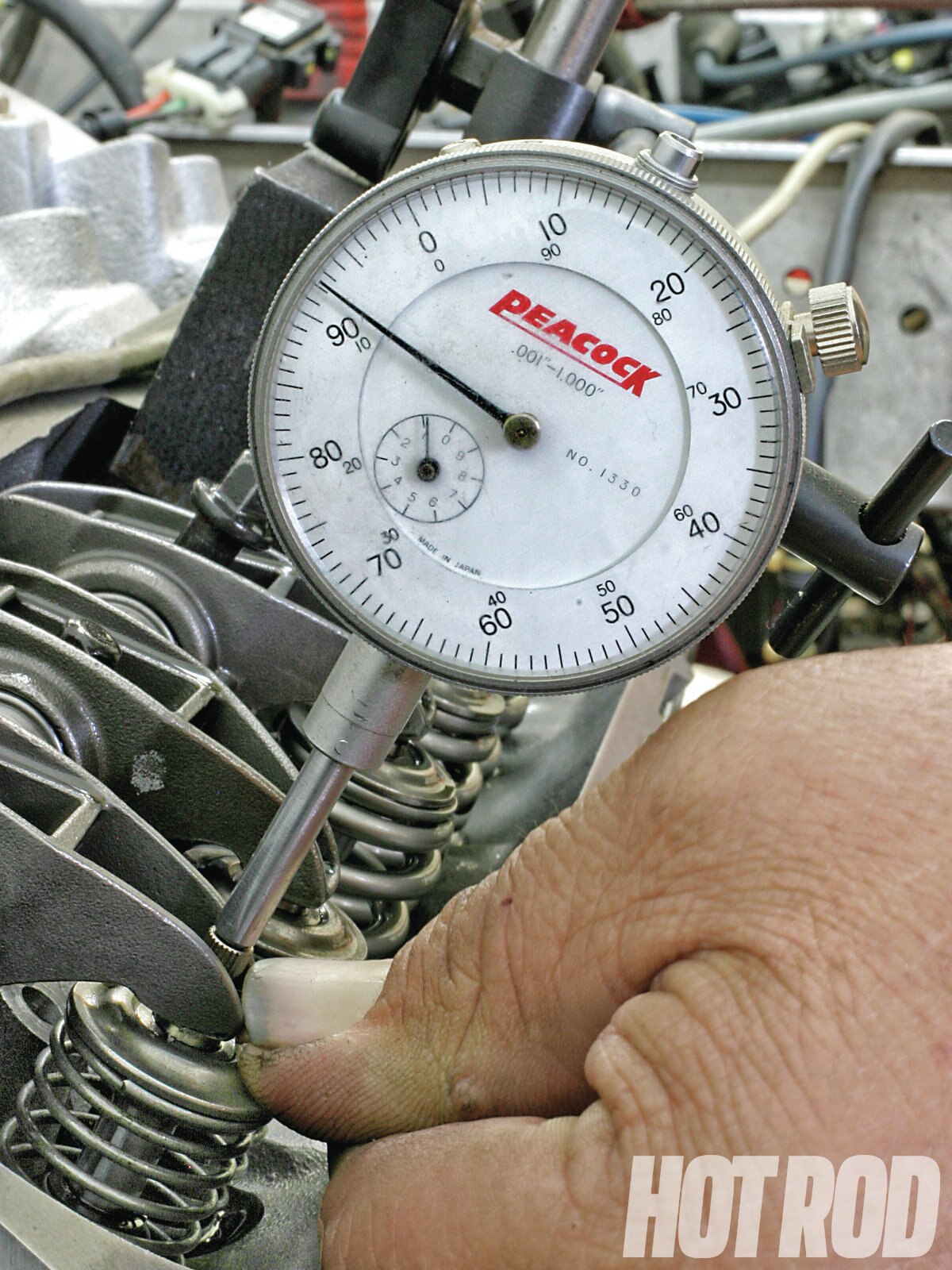Bohemian_Lady
New Member
Is it even possible? I was on Amazon looking for a feeler gauge with the proper settings for my Huasheng. All of the ones I've com across have .0025 and .004 but no .003. I understand that the intake can be a very tight .004 but I'd like to have the valves as close to spec as possible. So is it possible to use a digital caliper, which I have, for valve adjustment instead of a set of feeler gauges?





